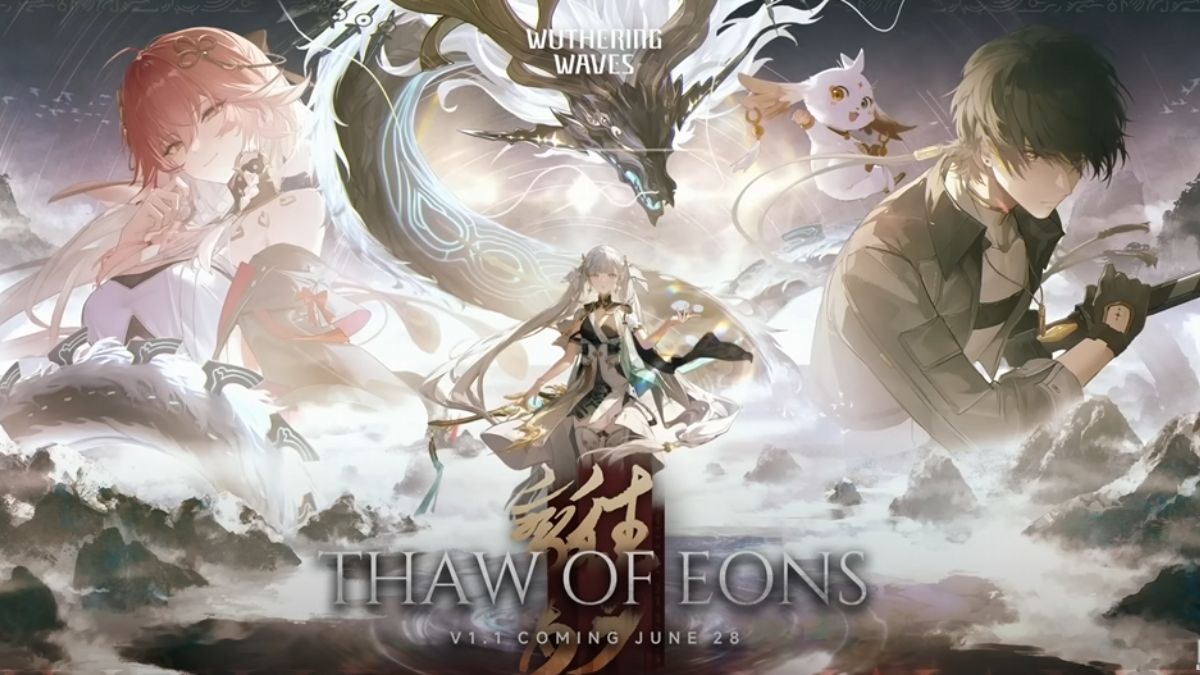Over the last few years, Kickstarter’s popularity has grown by leaps and bounds. It has served as a platform for up-and-coming game developers to get their names and ideas out on a large platform and gain deperately needed exposure and capital – all without having to reach out to a publisher that will ultimately take a large chunk of sales profits. On the flip side, Kickstarter has allowed millions of gamers both old and new to feel like they have discovered and contributed to the success of a game that could become the next big thing. Like a financial hipster, if you will.
The downside of current crowdfunding.
There is a growing perception that donators have evolved into a more mitigated form of financial risk.
As Kickstarter has grown in popularity, so has its pitfalls. More and more big-time developers have flocked to see what the crowdfunding craze is all about, and they’ve successfully raised some pretty significant amounts of money. As a result, there is a growing perception that donators have evolved into a more mitigated form of financial risk, since none of the funds generated actually come from a developer’s own pockets. There is also a growing number of projects that have either failed to live up to expectations or failed to release at all – and donators don’t really have a way to protect themselves in the event that something goes wrong.
One of the (hopeful) solutions to that problem is Fig, a brand new crowfunding platform, headed up by a panel of industry and crowdfunding veterans. The panel includes Double Fine’s Tim Schafer, Obsidian CEO Feargus Urquhart, inExile CEO Brian Fargo, and Indie Fund Partner, Aaron Isaksen.
What is Fig?
Fig’s intention is to bring backers even closer to the projects they support by allowing them to become investors. Until June of this year, only accredited investors, people with a net worth of over $1 million, were allowed to invest in any sort of start-up company. This has now changed with a newly-approved sort of investment opportunity called Regulation A+. For now, Fig is only allowing accredited investors to participate, but the company “plans to open up investment opportunities to everyone in the near future,” they said in a news release.
If you need a reason why something like Fig would be infinitely more beneficial to the backer, look no futher than the Oculus Rift. In 2013, the VR headset raised over $2.4 million on Kickstarter but was sold to Facebook in 2014 for $2 billion. Granted, there was nothing that said they couldn’t sell the VR Headset to the social media giant, but this obviously did not go over well with many backers, who saw themselves as initial investors who would now end up with an obsolete product.
One backer, Carlos Schulte, voiced this very opinion on the Oculus Rift Kickstarter page:
“I think I would have rather bought a few shares of Oculus rather than my now worthless $300 obsolete VR headset. What’s two billion dollars amongst 9,522 friends? I’d be happy with my $300 back.”
Why should anyone trust that Fig can do better?
Only one or two projects will be accepted per month, so (in theory) the process will be a lot more scrutinizing, hopefully mitigating the risk for investors and supporters.
Currently, Fig only has one game, Outer Wilds, that can be backed. And if its qualifications are any indication, it could very well be a lot tougher for projects to be accepted. Developers have to pitch their games to the advisory board, which then reviews everything and decides whether or not they will accept the project.
Outer Wilds is a sci-fi camping adventure that began as a thesis project for the USC Games Program and won the Seamus McNally Grand Prize award at the Independent Games Festival, as well as the award for Excellence in Design. Just for reference, past winners have included Minecraft, Fez and Papers, Please, so you could say that it’s kind of a big deal.
If you are interested in supporting Outer Wilds or just want to check out Fig, you can head over to the website here.






Published: Aug 22, 2015 12:14 pm